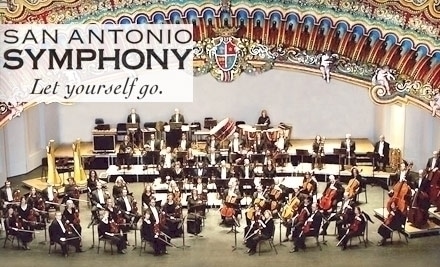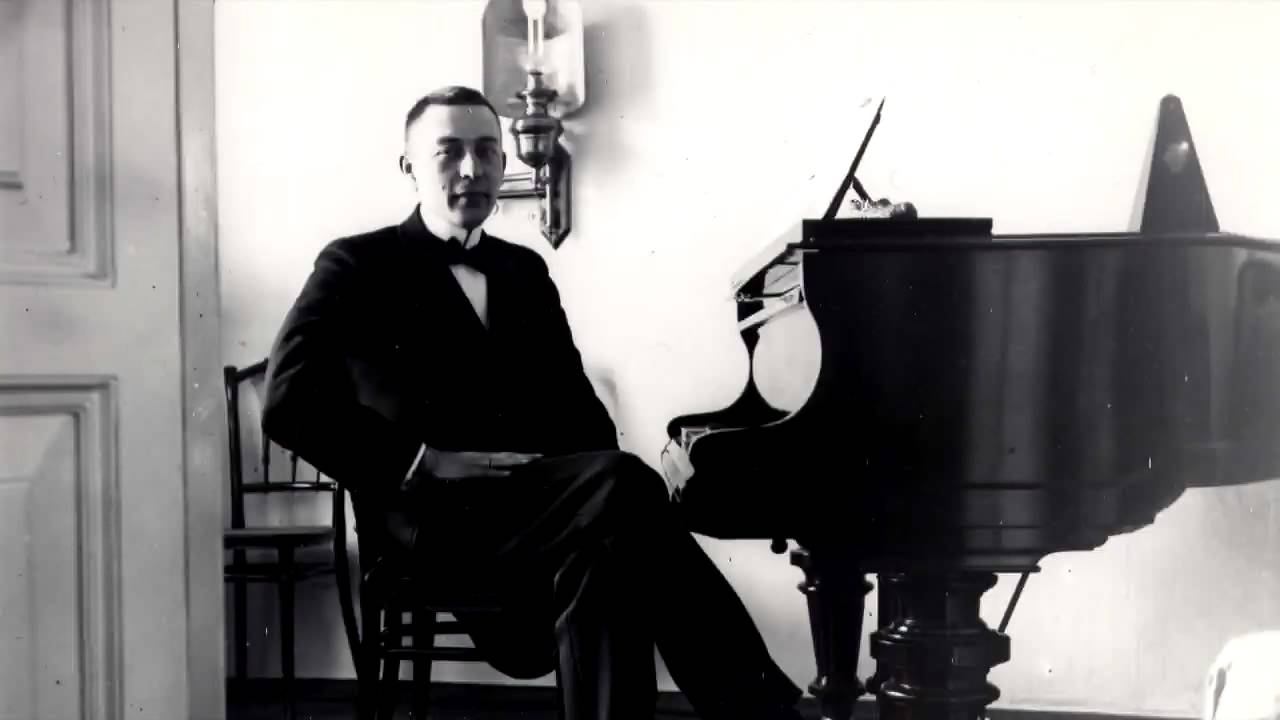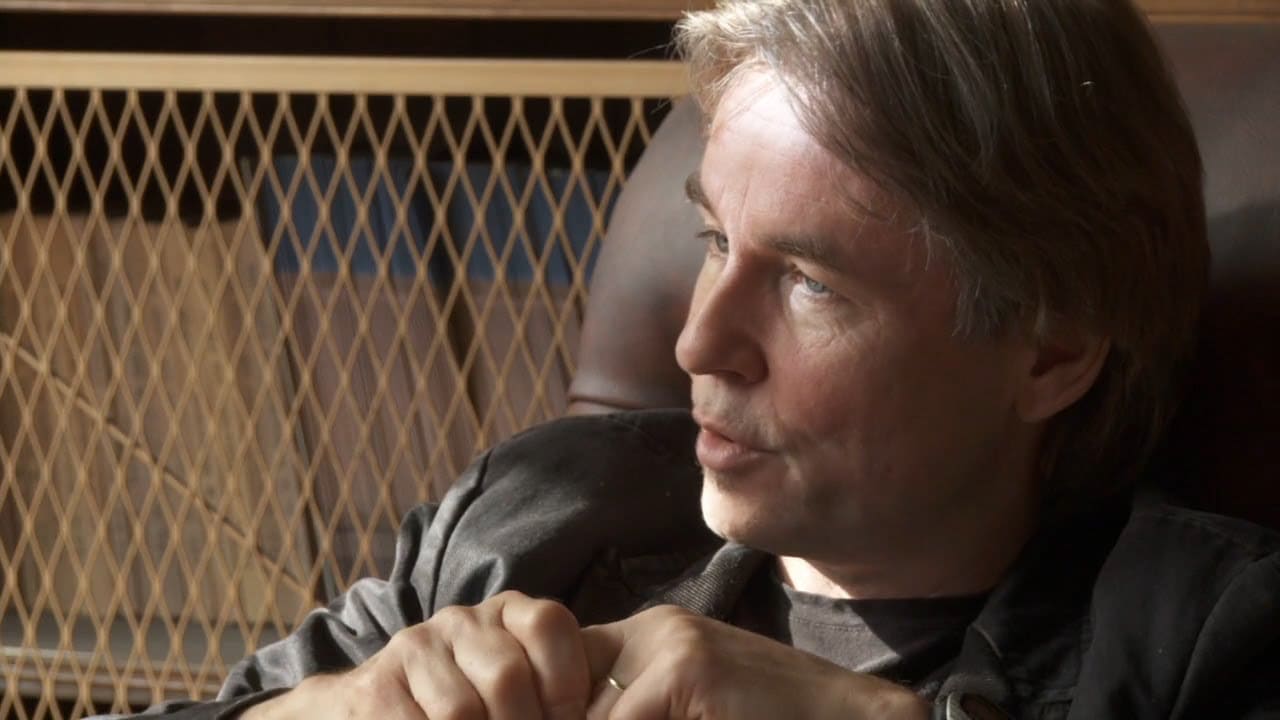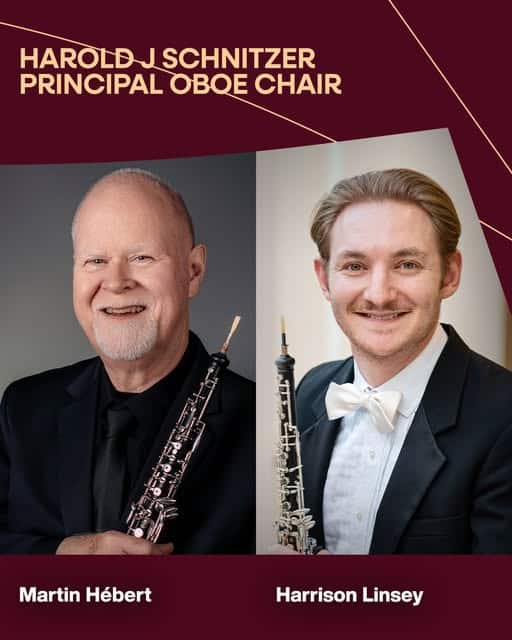San Antonio musicians form a new orchestra
NewsThe San Antonio Symphony was liquidated some weeks ago by its board after a long labour dispute with the musicians.
Now the players have formed the San Antonio Philharmonic to serve America’s seventh most populous city.
None of the former board members or staff have been invited to join. An efficient new development manager is at work raising funds.
The players say:
When the San Antonio Symphony management ceased operations in June, 2022, the musicians – some of whom won their seats in the 1970s and ‘80s — were determined to preserve world-class music in San Antonio. With their formation of the San Antonio Philharmonic, we all have an historic opportunity to re-invent what an orchestra in the 21st century can be. One that reflects the spirit of our time and place. We invite all to take part and feel the pride.
The Philharmonic envisions a San Antonio in which every resident has access to high-quality orchestral performances and educational opportunities that reflect the beautiful history, diversity, and culture of our community and beyond. We are seeking ways to involve new audiences in the transformative power of music.
Expect dynamic and professional concerts as before. If you are often in the audience, you will recognize your favorite musicians. We also are actively engaging the community, collaborating with artistic and educational institutions, mining ideas and developing programs. Student performances are high on our list — music has the power to open minds and spirits for life.






Comments